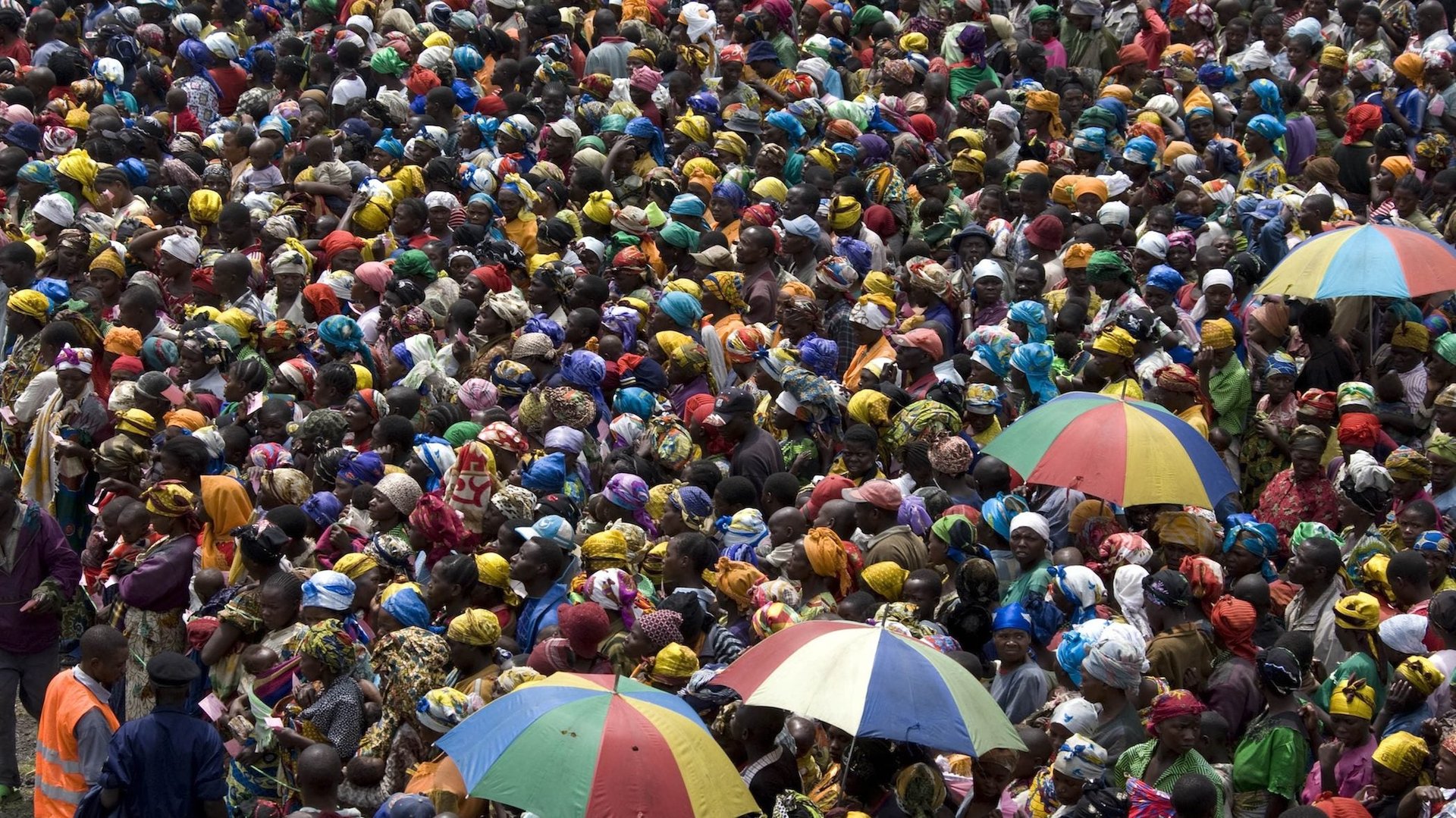The world’s least developed countries are also the ones hosting the most refugees
As of the end of 2015, at least 65 million people can be considered displaced, having fled their homes because of war, disaster, or persecution. According to a new report by the UN Refugee Agency, it’s the highest number of displaced people ever recorded by the United Nations High Commissioner for Refugees (UNHCR). That means the world’s current number of refugees is more than the number of people living the UK, or the combined populations of Canada, Australia and New Zealand.


As of the end of 2015, at least 65 million people can be considered displaced, having fled their homes because of war, disaster, or persecution. According to a new report by the UN Refugee Agency, it’s the highest number of displaced people ever recorded by the United Nations High Commissioner for Refugees (UNHCR). That means the world’s current number of refugees is more than the number of people living the UK, or the combined populations of Canada, Australia and New Zealand.
Making the crisis worse is the fact that the countries hosting most of the world’s refugees are some of the least able to do so. The 10 countries with the largest number of refugees at the end of 2015 were all in developing regions. Half of these were in sub-Saharan Africa, the continent that hosts the largest number of refugees, of 4.4 million, most of them escaping from other African countries like Somalia, South Sudan, the Democratic Republic of Congo, Sudan, and the Central African Republic.
“Both in terms of economic impact and demographic impact, low-and middle-income countries are being disproportionately affected by refugee movements,” the UN report, Global Trends, concluded.
While Europe hosts almost as many refugees as sub-Saharan Africa, the overall gap between the developing and developed world is large. Developing countries hosted 13.9 million refugees at the end of 2015, compared to 2.2 million in the developed world, according to the UN report.
The notion that the world’s poorer countries are bearing the brunt of a global refugee crisis has led countries like Kenya to declare that it will close its refugee camp of Dadaab, estimated to be the world’s largest.
Developing countries have long supported the bulk of refugees who often come from neighboring countries but the proportion appears to be ticking higher. The UN notes that for the past three years, developing countries hosted an average of 86% of the world’s refugees, compared to just 70% two decades ago.
To estimate the strain on the economic resources of these countries, the UN looked at the number of refugees relative to a country’s GDP based on purchasing power parity. Of the 30 countries with the largest number of refugees, 20 were what the UN classifies as “least developed countries,” those least able to meet the developmental needs of their own citizens.